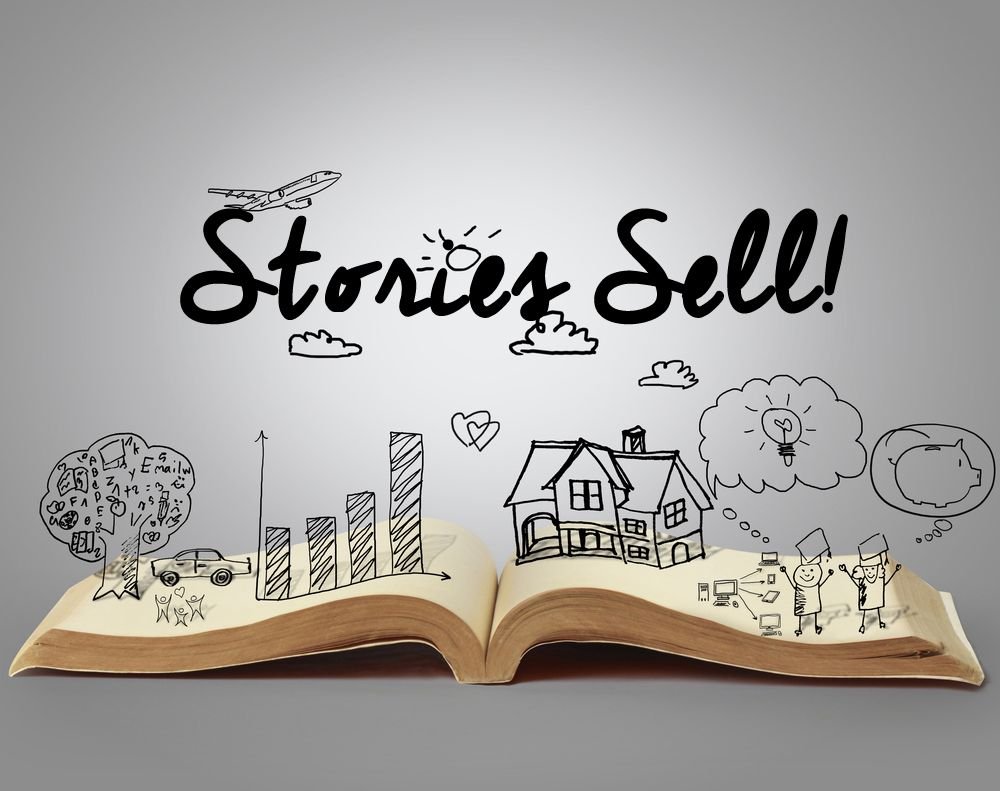Storytelling is one pastime almost—if not—everybody engages in. We all have stories to tell; we recount events to our friends, family, and colleagues. These stories birth emotions that cause tears or laughter.
Now that you have seen how natural storytelling is, you don’t have to stiffen up next time you try to put those words to paper. It’s not so hard. Let’s look at a few tips that will help guide you:
- Figure out what your audience needs: Both fiction and non-fiction storytelling have this in common. At the end of the story, what do they expect to gain? Or what do you want them to learn? With this in mind, constructing a story will be a lot easier.
- Set the story: Every story is set in a place or time. Some settings are more specific than some others, which are more descriptive and expansive. For instance, December 25, 2011—Ikeja, Lagos—11 p.m. or more descriptive like The hut stood crooked, as if leaning in the direction of the wind, cracks running from top to bottom like veins protruding from an old man’s hand, giving it character.
- Characters: Especially in fiction storytelling, it is easy to get hung up on making your protagonist perfect and your antagonist, well, the devil. Your protagonist is the center of the story with a clear goal that they plan to achieve at the end of the story, and the antagonist is the one person or thing standing between them and their goals. There are other central characters that the plot revolves around who are important to the story too.
- Plot: The sequence of events that cause a connection between audience and protagonist.
- Cause and effect: A bulk of your story should be told in a way that everything that goes on in the story is caused by the event preceding it. Though there are other instances where it would be better to go the other way, this format helps with the flow and understanding.
Cause: They have a big fight.
Effect: She takes a walk.
Instead of telling it as She takes a walk because they had a big fight, tell it as, There was palpable tension between them after the confrontation, so she grabbed her jacket and went for a walk.
- Conflict: The only reason a reader stays hooked to your story is that they can’t wait to see how you resolve the conflict that the characters, especially the protagonist, have been thrown into. It is the conflict that builds the suspense, one of the main elements of an exciting story.
I hope these tips help you tell your story. But if you can’t find the time to write that story, Sabi Writers can do it for you!

